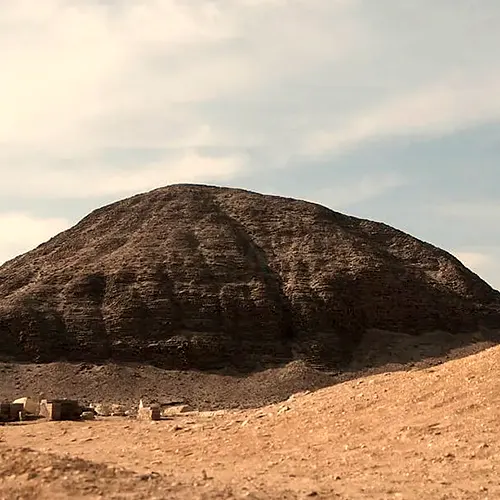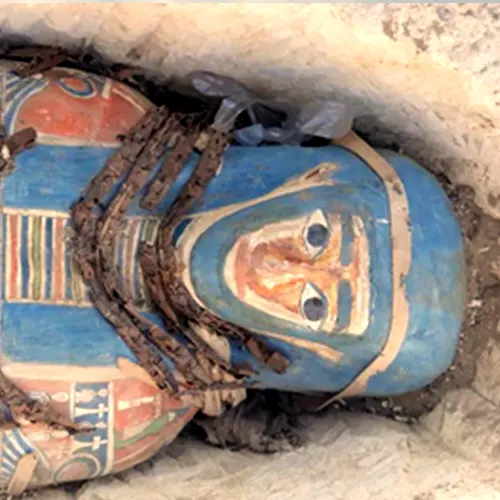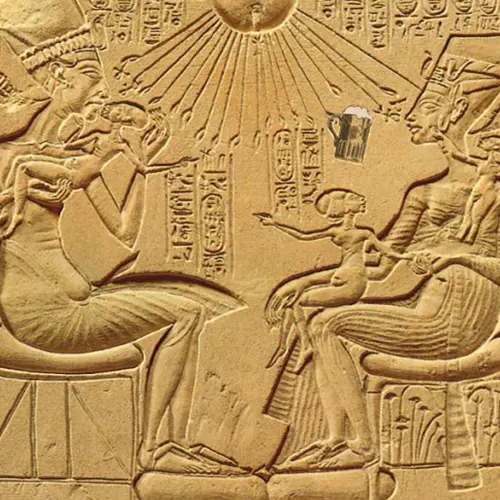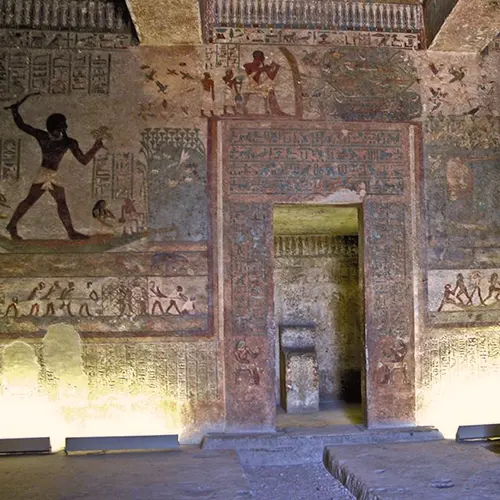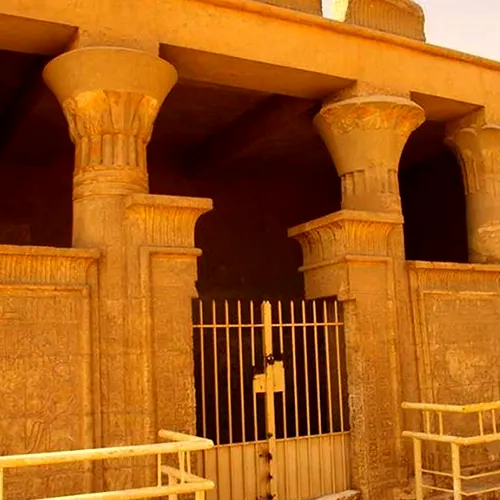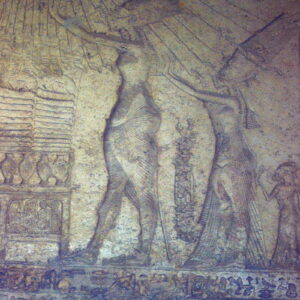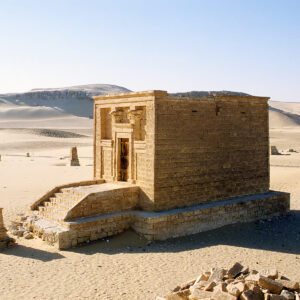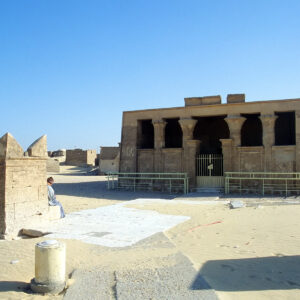Dahshur Necropolis – Historical Site
Dahshur is considered as an important part of the Memphis Necropolis, where Pharaonic kings built their pyramids. Dahshur Necropolis is located on the west bank of the Nile River, approximately 40 km southwest of Cairo city.

The importance of Dahshur Necropolis lies in reflecting two important stages of the architectural development used by the ancient Egyptian engineers in building the royal pyramids. These stages are shown in the Bent Pyramid and the Red pyramid until they managed and reached the first complete pyramid in the Pharaonic civilization. The first true pyramid is the Red Pyramid, which later led to the construction of the Great Pyramid of Giza (Cheops Pyramid).

Dahshur Sightseeing: Dahshur site houses several historical attractions as the pyramids of King Amenemhat II and King Senusert III, dating back to the twelfth dynasty, the middle kingdom. Besides some tombs back to the high officials as the Vizier Sa-Iset, and members of the royal families as Kanefer tomb (the son of Sneferu) located on the east of King Sneferu pyramids (the founder of the fourth dynasty).
But the most famous sightseeing in Dahshur Necropolis is the pyramids of King Sneferu (the Bent Pyramid – the Red Pyramid) from the fourth dynasty, the old kingdom, and the Black pyramid of King Amenemhat III from the twelfth dynasty, the middle kingdom.
Enjoy discovering Dahshur Necropolis with Egypt Vacation Tours team by submitting our various day tours and packages.

